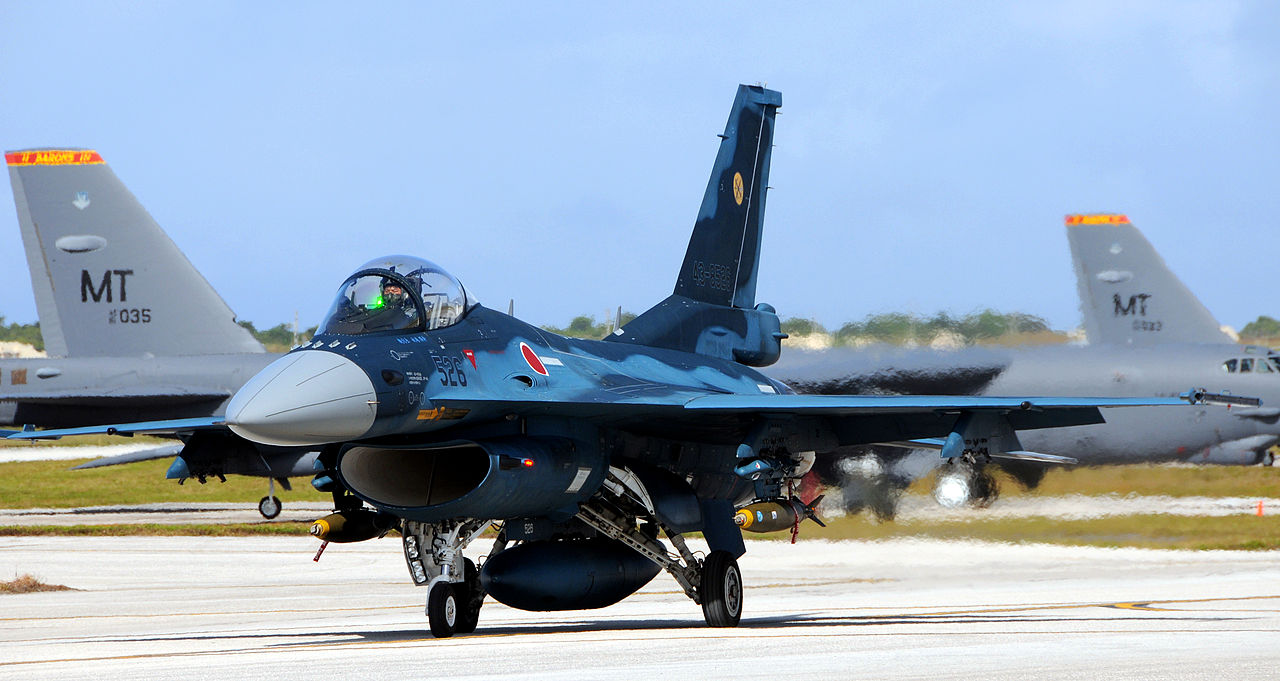
The Mitsubishi F-2 can’t match the F-16 or F-35 in global prominence, but in Japan’s air defense planning, it has a unique status. Conceived through an unusual combination of local aspiration and foreign partnership, the F-2 is a testament to Japan’s quest for technological autonomy with a nod to core U.S. assistance. The result? A capable multirole combat airplane that still overperforms in 21st-century skies.

The development of the F-2 started in the early 1980s, when the Japan Technical Research and Development Institute (TRDI) initiated the FS-X program. The goal was to deploy a fighter tailored for the unique requirements of Japan—something with range, agility, and emphasis on area defense. However, creating an entirely indigenous platform was too expensive and complicated, so Japan looked for a partner. That partner would become the United States, and in partnership with Lockheed Martin, Japan developed an advanced variant of the F-16C Block 40. This was the first time the two nations worked so intimately on the development of a fighter aircraft.

In spite of the common roots with the F-16, the FS-X (which would later be designated as the F-2) is quite a distinct aircraft. Mitsubishi Heavy Industries spearheaded the Japanese effort on the project and redesigned almost all aspects of the airframe. The wings of the F-2, for example, are approximately 25% larger, enhancing lift, payload, and stability at reduced speeds. The nose was redesigned to fit Japan’s cutting-edge AESA radar systems, and both the intake and tailplane were enlarged. Even the flight software was indigenous in development, a reflection of the determination to become self-sufficient in technology.

Its maritime strike role was among the driving forces driving the F-2 design. The JASDF required a fighter capable of carrying and launching four anti-ship missiles, such as the ASM-1 or ASM-2, missions essential for defending Japan’s extensive coastline. Consequently, the airframe has been strengthened to accommodate the extra weight, and the massive wings have been tailor-shaped to accommodate these loadouts with no loss of performance. Although maritime strike is the F-2’s forte, it’s also quite capable in air-to-air and ground attack.

The F-2A entered formal service in the late 1990s, supplanting the aged Mitsubishi F-1. The General Electric F110-IHI-129 powered it to speeds of up to Mach 2 and the ability to carry a diverse range of ordnance—U.S.-made AIM-9Ls and AIM-7Ms through Japan’s own AAM-3 and AAM-4 missiles. Its reinforced wing structure allowed it to carry a heavy load, including GBU-38 JDAMs, cluster bombs, and ground-strike rockets.

As threats changed and time passed, so did the F-2. One of its most important improvements was the J/APG-2 AESA radar system, a gallium nitride (GaN) technology-built system. It greatly enhanced range—up to 120 kilometers—and output to almost three times that of previous versions. It allowed for the incorporation of advanced missiles such as the AAM-4B, which had its own AESA radar seeker for improved lock-on and engagement accuracy.

To enhance the strike capability, the F-2 was also equipped with the AN/AAQ-33 Sniper pod, allowing it to guide laser-guided munitions such as the GBU-54 L-JDAM without the need for outside assistance. Other improvements came in the form of a new mission computer, integration of the LINK16 datalink for networked warfare operations, and compatibility with next-generation anti-ship and standoff weaponry such as the ASM-3, ASM-3A, and stealthy Type-12 SSM Kai.

Since day one, the F-2 has been more than a fighter—it’s a multirole aircraft designed for Japan’s special geography and strategic needs. Whether attacking enemy ships, intercepting intruding airships, or dropping precision-guided munitions on terrestrial targets, it has performed every task with incredible versatility. Though production ceased after 94 aircraft—partially due to budget issues and the forthcoming F-35 Lightning II—the F-2 continues as a cornerstone of Japanese air defense.

The flight of the airplane demonstrates the potential of combining domestic innovation and overseas partnership. It also demonstrates a larger reality in defense development: success is not always about producing something glitzy or attention-grabbing—it’s about having a platform that serves your purposes, adapts to the times, and performs when it matters.
More related images you may be interested in:






